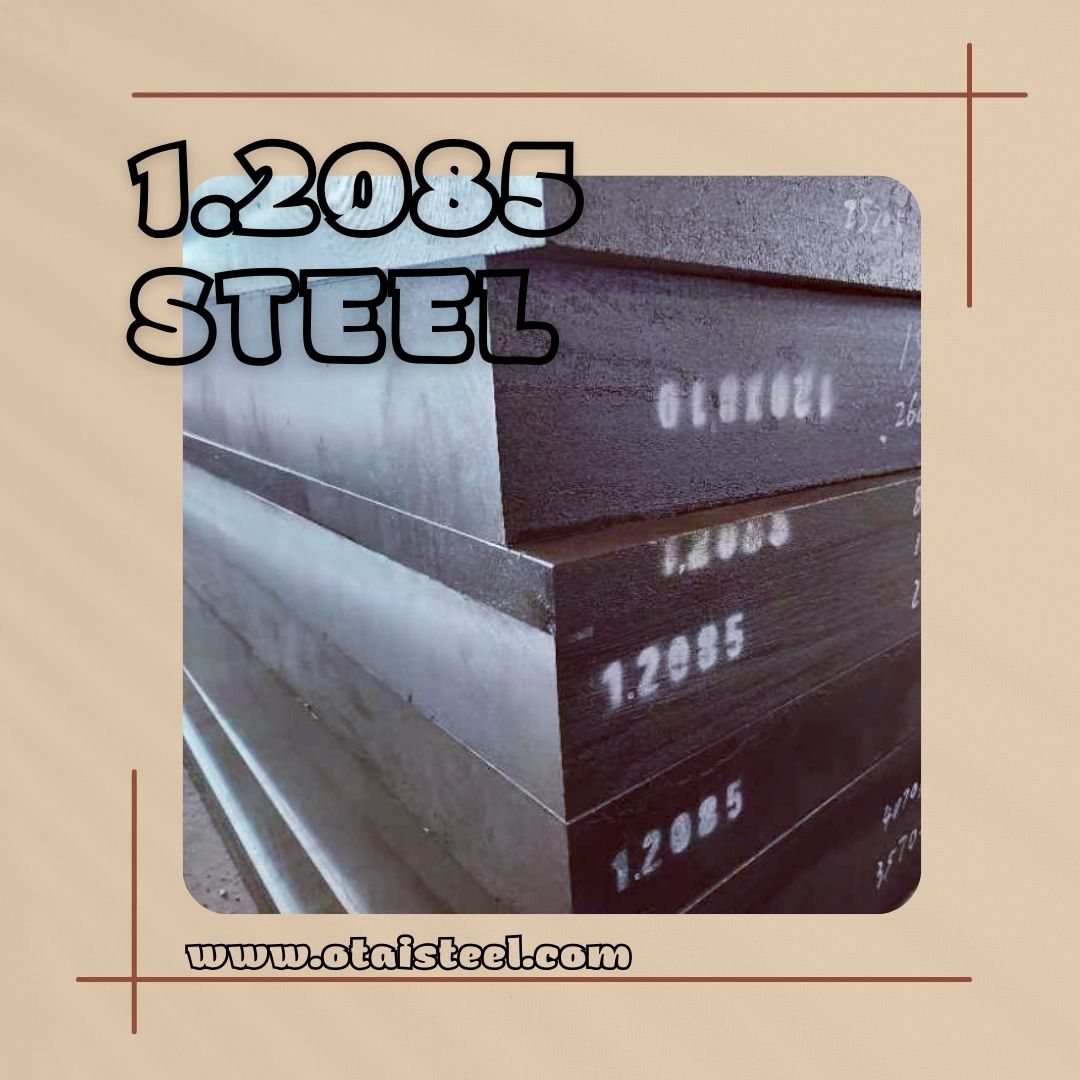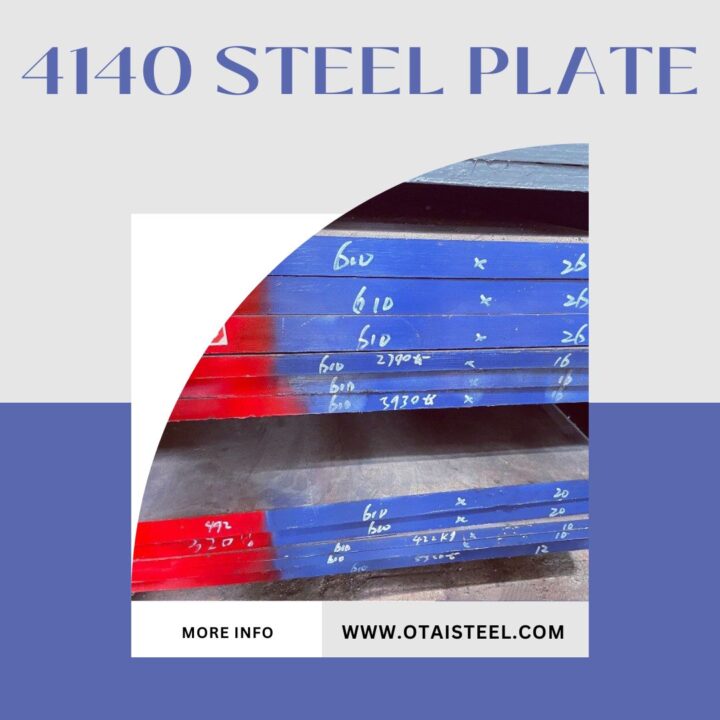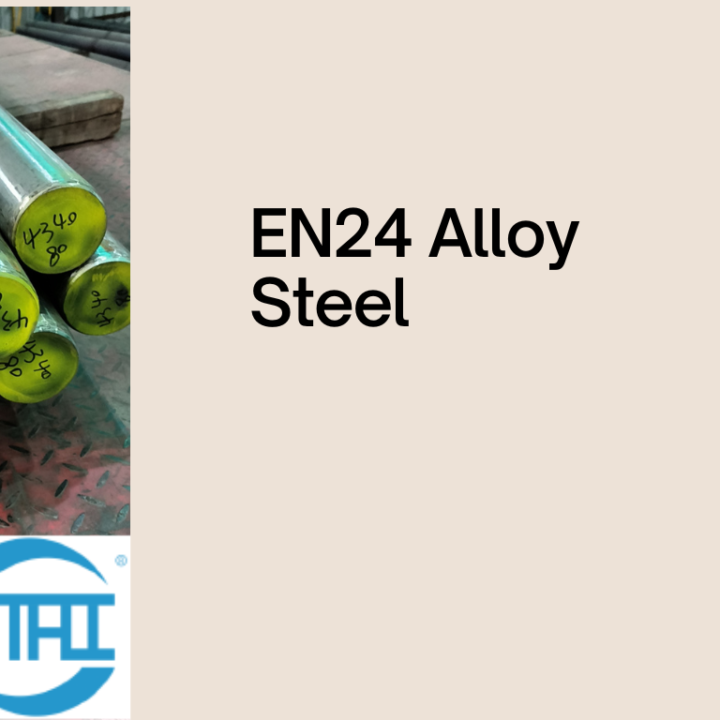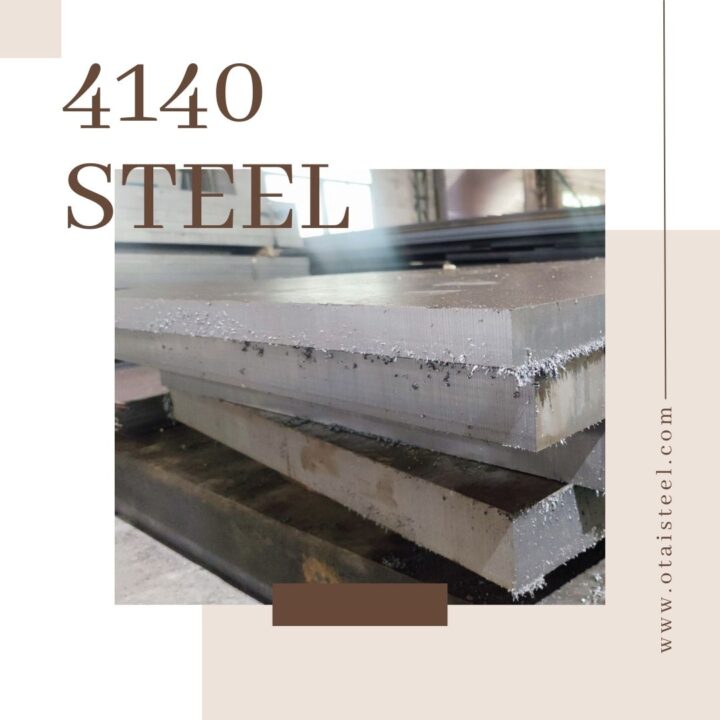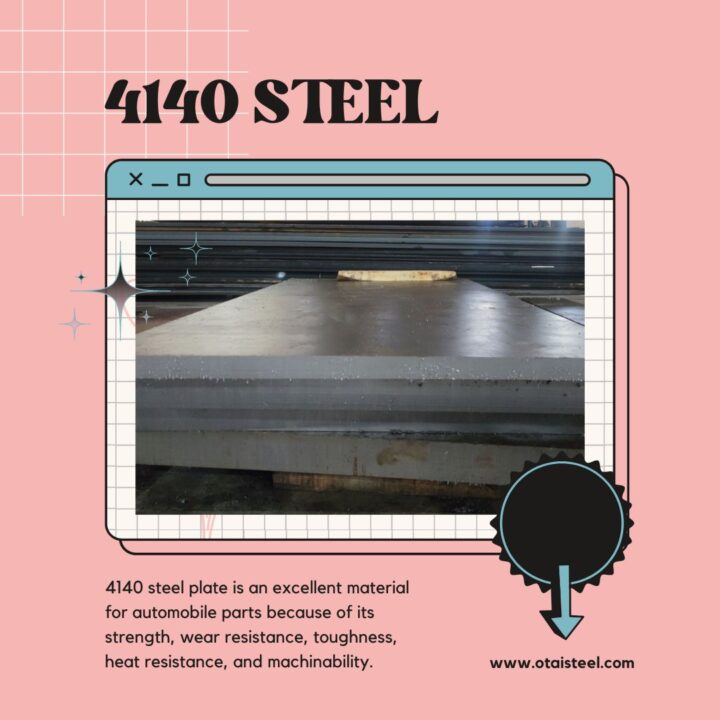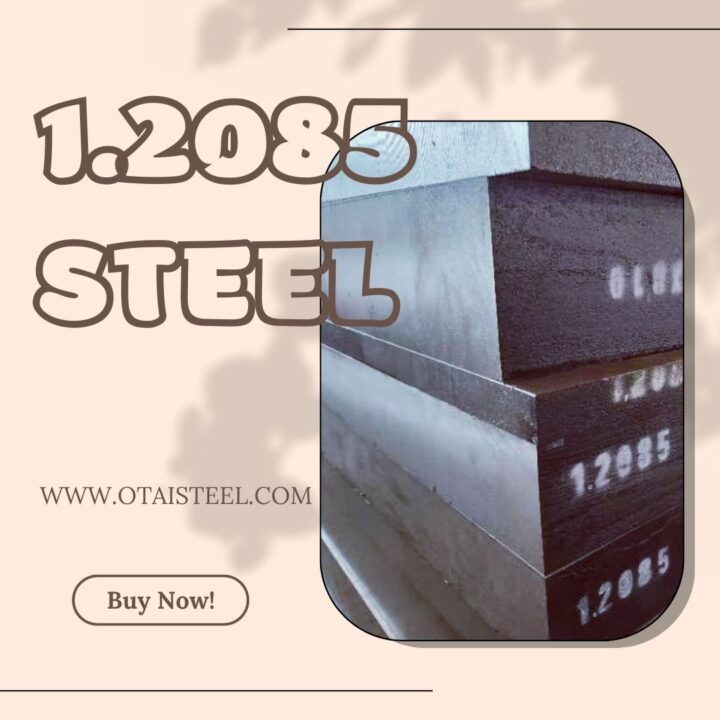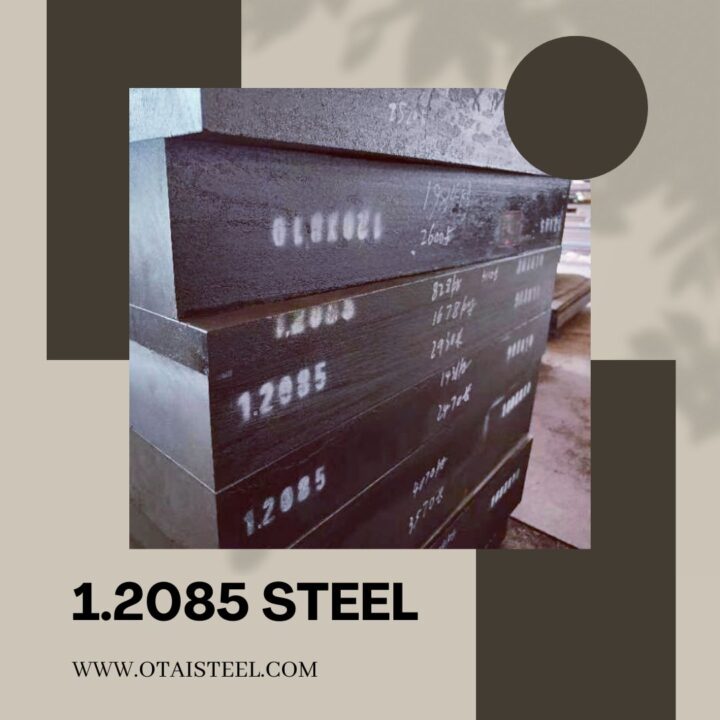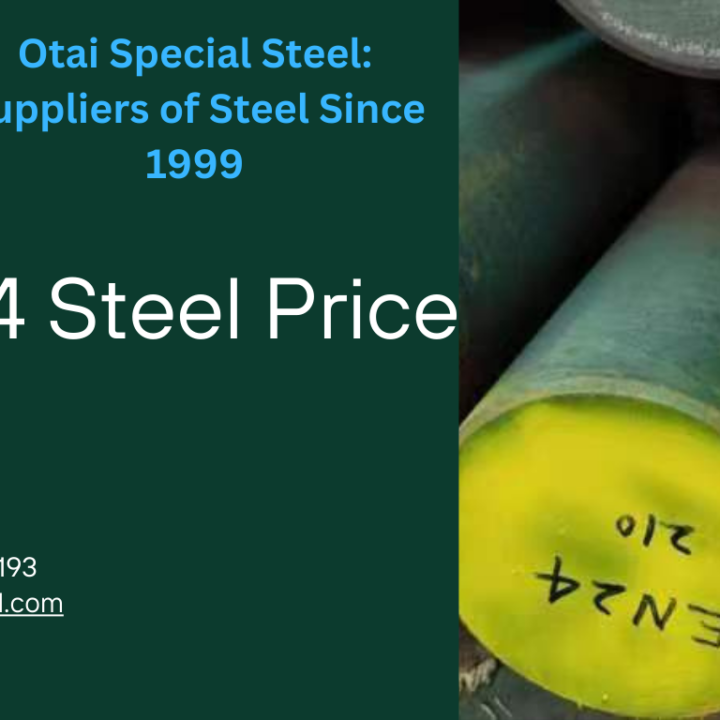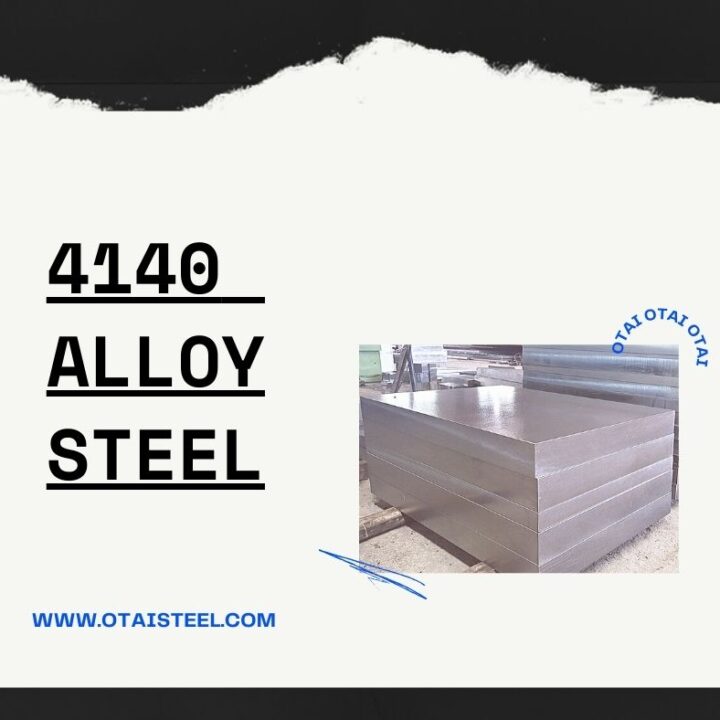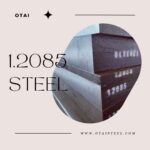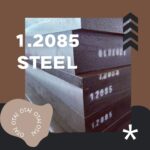When it comes to material selection in various industries, finding the right equivalent to a specific material can be a game-changer. (Equivalent of 1.2085 Material)
Understanding 1.2085 Material
Before we delve into the equivalents of 1.2085 material, let’s quickly recap what 1.2085 material is all about.
1.2085 material, also known as X33CrS16, is a martensitic stainless steel that is renowned for its outstanding properties, including high corrosion resistance, hardness, and wear resistance. It finds applications in diverse industries, such as injection molding, cutting tools, medical instruments, and the automotive sector.
The need for equivalents arises when specific requirements, limitations, or preferences come into play. Now, let’s explore some alternatives to 1.2085 material:
- 1.4021 Material (X20Cr13)
- Composition: This stainless steel contains 0.20% carbon and 13% chromium.
- Equivalent Properties: While it doesn’t match 1.2085 in wear resistance, it offers good corrosion resistance and is more cost-effective.
- 1.4112 Material (X90CrMoV18)
- Composition: It contains 0.90% carbon, 18% chromium, and small amounts of vanadium and molybdenum.
- Equivalent Properties: This steel offers excellent corrosion resistance and improved toughness, making it suitable for various applications.
- 1.2316 Material (X38CrMo16)
- Composition: With 0.38% carbon and 16% chromium, it is a high-quality stainless steel.
- Equivalent Properties: 1.2316 material is known for its exceptional corrosion resistance and excellent polishability.
- 1.2083 Material (X42Cr13)
- Composition: This material contains 0.42% carbon and 13% chromium.
- Equivalent Properties: It is highly regarded for its corrosion resistance and suitability for molding applications.
- AISI 420 Material
- Composition: AISI 420 is a popular stainless steel with 0.15-0.40% carbon and 12-14% chromium.
- Equivalent Properties: It offers good corrosion resistance and can be an economical alternative for some applications.
Advantages of Exploring Equivalents
Exploring equivalents to 1.2085 material can offer several advantages:
- Cost Efficiency: Equivalents may be more cost-effective, making them suitable for budget-conscious projects.
- Availability: Some equivalents might be more readily available in certain regions, ensuring a stable supply.
- Specific Properties: Depending on your project requirements, an equivalent material may offer specific properties that better align with your needs.
- Versatility: Equivalents can broaden your material options, allowing you to explore new applications and design possibilities.
Frequently Asked Questions (FAQs)
Q1: Are equivalents always a one-to-one match in terms of properties?
No, equivalents may have similar properties but are not always an exact match. It’s essential to consider your specific project requirements when selecting an equivalent material.
Q2: How can I determine the best equivalent material for my project?
To find the best equivalent material, evaluate factors such as cost, availability, required properties, and compatibility with your application.
Q3: Can equivalents be used interchangeably with 1.2085 material?
In some cases, yes, but it’s crucial to consider the specific demands of your project and perform thorough testing to ensure the chosen equivalent meets your requirements.
Q4: Are there equivalents that offer superior properties to 1.2085 material?
Yes, some equivalents may offer improved properties, such as better corrosion resistance or toughness, depending on your project’s needs.
Q5: Should I consult with a materials engineer or expert when selecting an equivalent material?
Yes, consulting with an expert can provide valuable insights and ensure that the selected equivalent material is suitable for your specific application and requirements.
By exploring the alternatives to 1.2085 material, you can expand your horizons and make well-informed decisions that align with your project goals and constraints. (Equivalent of 1.2085 Material)
